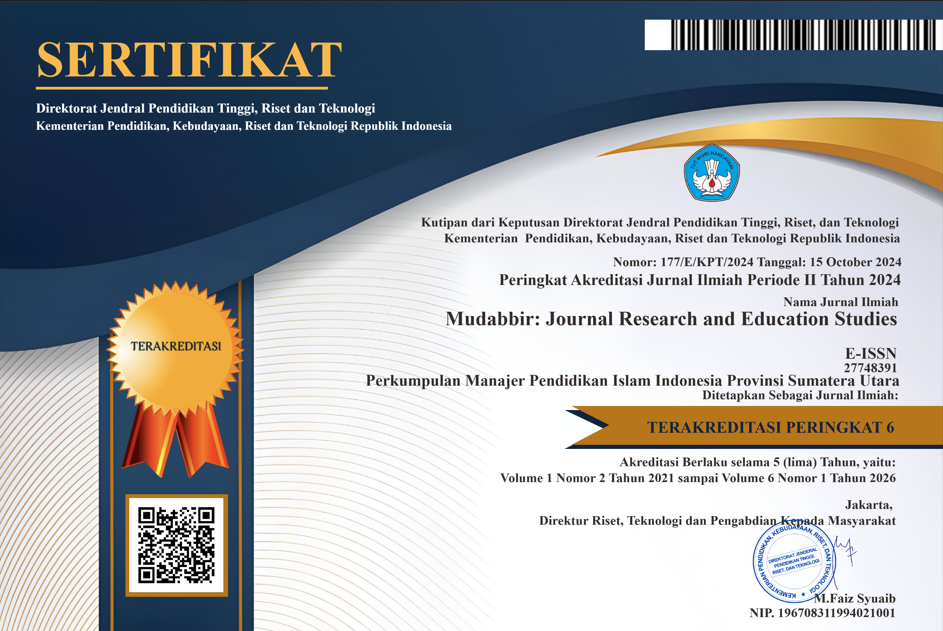Perspective of Social Studies Educator Students on The Use of Digital Maps And Google Earth (Geographic Information System) Gis in Remote Sensing Course
Abstract
This research aims to analyze the application of Google Earth and digital maps in remote sensing learning and evaluate its strengths and challenges from a student's perspective. Although students generally show a positive attitude towards digital technology, obstacles such as inadequate infrastructure, less interactive learning methods, and low GIS literacy persist. Using a quantitative method, a descriptive statistics of 26 students in the sixth semester of geography concentration was analyzed descriptively using Microsoft Excel. The results showed that students' perception of the use of Google Earth was in an outstanding category (mean = 4.29), particularly in the affective aspect, which reflected high interest and enthusiasm for Google Earth. However, the technology and accessibility aspects obtained the lowest score (mean = 3,968), indicating that there are still infrastructure barriers and limited access to technology. Therefore, it is necessary to develop a learning model based on constructivist theory, supported by technological approaches and improving spatial intelligence, as well as encouraging a more inclusive education policy and continuous training for students so that somebody can optimize the use of geospatial media such as Google Earth can be optimized in improving students' spatial literacy and problem-solving skills.
Keywords: Google Earth, GIS, Remote Sensing, Spatial Literacy, Educational Technology

















